When people think of Egypt, they usually conjure up images of endless desert— kilometers and kilometers of ennndless desert— barren from all wildlife except for the occasional sand rat or fat-tailed lizard.
It turns out the former pharaonic land offers an abundance of creatures beyond your wildest imagination.
Next time you’re wandering around the sands, look out for these adorable animals:
1.) Aardvark
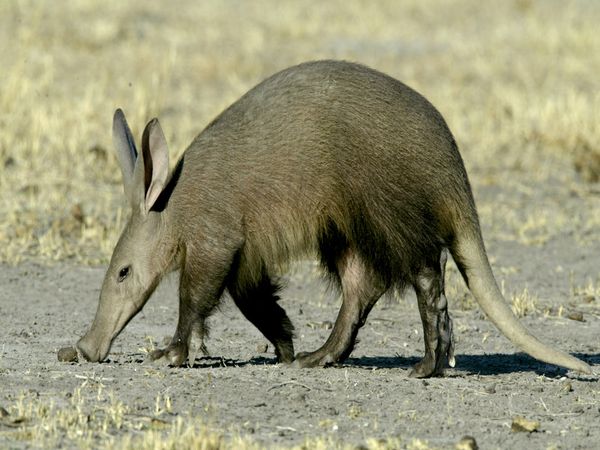
These small, ant-eating mammals are found primarily in sub-Saharan Africa ranging north all the way to the savannas of our very own Upper Egypt.
Although aardvarks are affectionately nicknamed “ant bears,” they look more like skinny pigs on a diet, identifiable by their elongated snouts used for slurping up ants and termites and terrifying claws used for digging.
Want to find an aardvark? Go search at night— they’re nocturnal— but keep your distance. You don’t want to mess with an aardvark. Their claws are as strong as pick axes and their fat, cone-shaped tails are used as clubs to beat off predators.
Fun fact: The ancient Egyptian god Set had the head of an aardvark.
2.) Saharan striped polecat
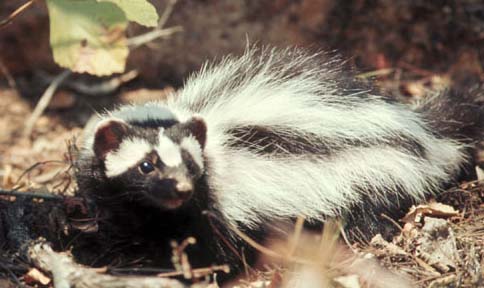
Also known as the Libyan striped weasel, these tiny little creatures live in the desert terrain all across North Africa.
Don’t let their cuteness fool you: polecats are purely carnivorous, preying on the flesh of lizards, birds, and other small mammals. They are nocturnal burrowers and emit a stinky, skunk-like fume when threatened.
Fun fact: In Tunisia, polecats are exploited due to a tribal belief that they improve human male fertility.
3.) Wild boar
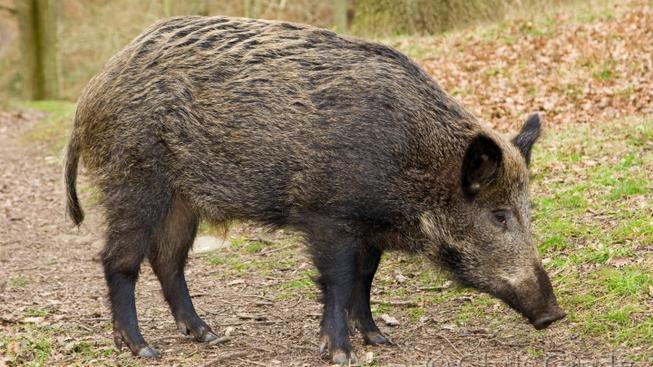
Experts dispute the origin of wild boars in Egypt, but most seem to agree that the colonies existing in the Nile Delta today are a hybrid of native and domesticated pig.
Fun fact: Genetic studies conducted on wild boars in Israel show that they originated from Europe about 3,000 years ago (brought by the Philistines and other seafaring conquerers), unlike wild boar populations roaming elsewhere in the Middle East region.
4.) Egyptian mongoose
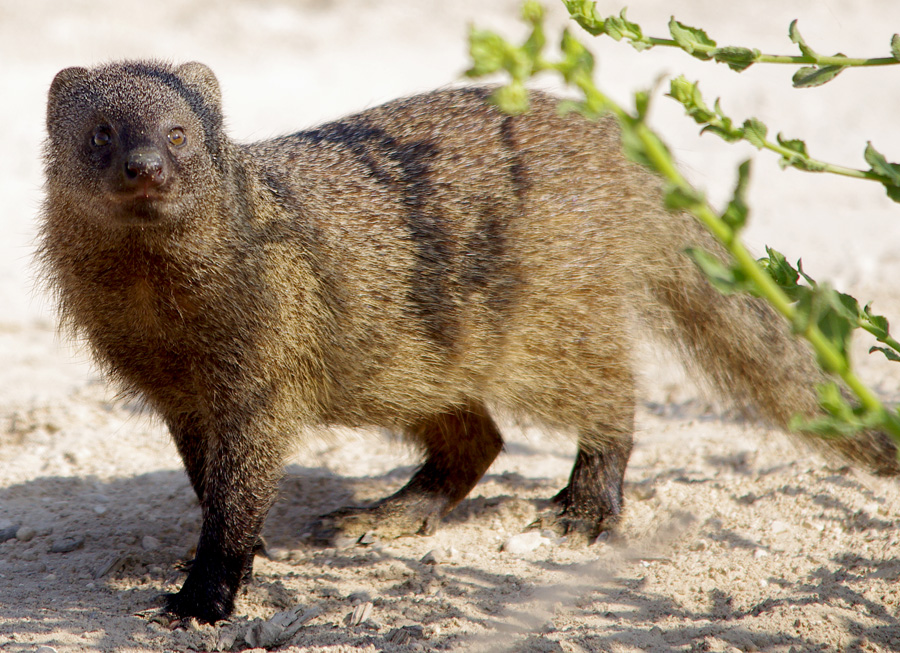
These playful little creatures are common but scarcely known inhabitants of Egypt, ranging from the Mediterranean all the way down to the Sudanese border.
They are diurnal ground animals that nest in trees near water sources. They can be domesticated, but their habits and disposition are poorly documented so be very cautious unless you want to end up like a Happy Tree Friends victim.
Fun fact: According to mythology, the ancient Egyptian god Ra would turn himself into a giant, 24 meter-long mongoose in order to fight the evil snake god Apopis.
5.) Aardwolf
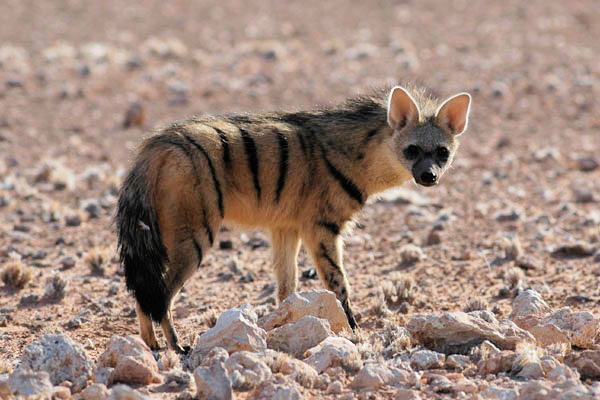
The aardwolf is an insectivorous canine best described as a hyena that self-identifies as an aardvark. It lives in the flat lands of Upper Egypt near the Sudanese border.
Although aardwolves are in the hyena family, they do not hunt large prey but rather feast on copious amounts of ants and termites (as many as 200,000 in one sitting). Their long sticky tongues are used to trap insects.
Aardwolves prefer not to dig their own dens and instead make their homes inside burrows made by aardvarks or porcupines.
Fun (but sad) fact: Aardwolves are often killed by farmers who mistakenly believe that these insectivores will prey on their livestock.
6.) Egyptian blind mole rat
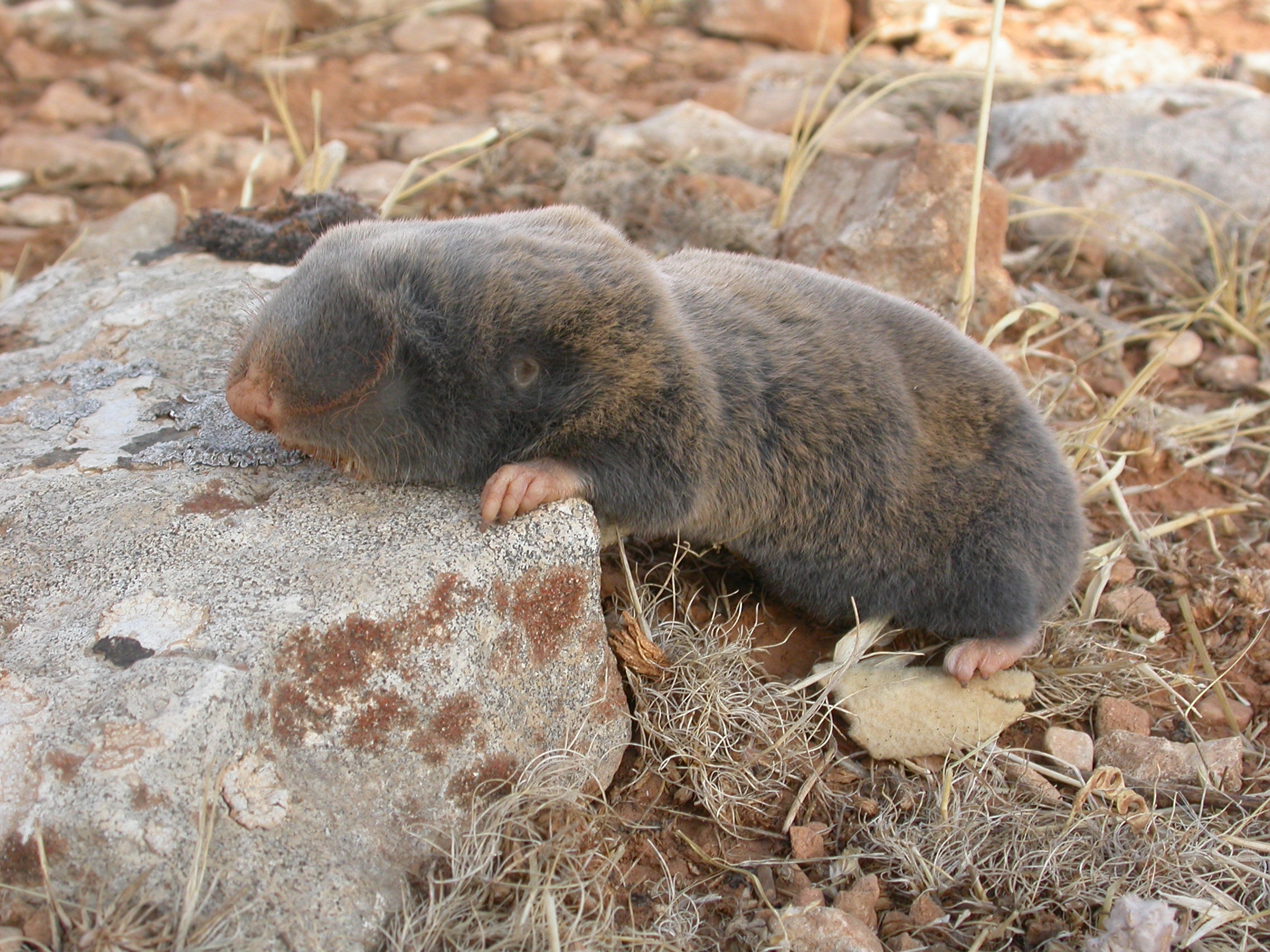
The Middle Eastern blind mole rat is a rodent ranging all over— you guessed it, the Middle East— but it’s difficult to spot because it lives most of its life underground.
Blind mole rats are burrowing creatures with extremely poor eyesight and they are known for their ability to survive in areas with extremely low levels of oxygen.
In Israel, they are widely thought of as garden pests.
Fun (but sad) fact: Blind mole rats are known in the scientific community for their incredible natural resistance to cancer, and as such are used (and abused) frequently in medical research.
7.) Caracal
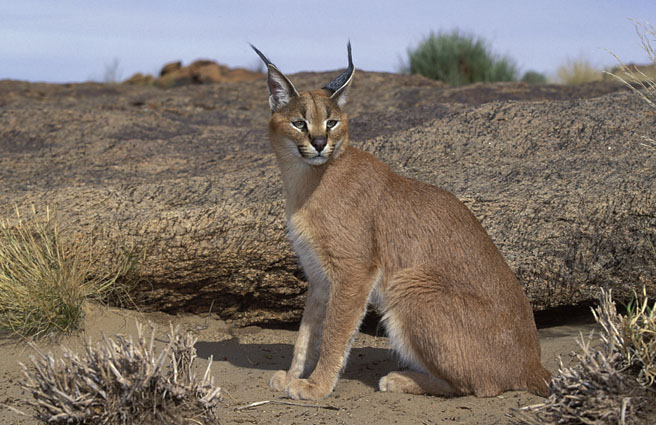
The caracal, also known as the desert lynx, is an adorable feline identifiable by its vivid facial coloration and long ear tufts. It ranges throughout Africa, including the Northern and Eastern deserts of Egypt.
However, you’d be lucky to see a caracal in Egypt. According to the International Union for the Conservation of Nature (IUCN), the species is considered threatened in North Africa.
Fun fact: Who said cats can’t bark? Although caracals most commonly make sounds associated with felines (purring, hissing, growling), they have also been recorded barking at predators.
8.) Sal3wa
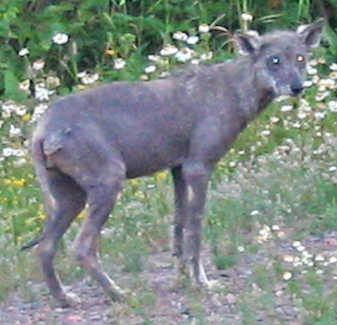
Okay, so maybe this only lives in your mother’s scary stories, but for millions of scared Egyptian children, this animal is all too real.
This vile half-dog, half-wolf hybrid lives in all areas of Egypt where there are human inhabitants. The sal3wa resembles a dog in appearance, except it is taller, lankier, and creepier than average with an extreme thirst for blood.
It seeks out humans – especially naughty little boys and girls – and attacks them, unprovoked, just for the thrill of carnage and for the taste of fresh iron. They are unspeakably dangerous and should be avoided at all cost.
Fun fact: Although the first live sal3wa was discovered ten years ago in Cairo, pharaonic illustrations show that the creature has been stalking Egyptian villages for thousands of years.
WE SAID THIS: Don’t blame us if you can’t sleep tonight!


